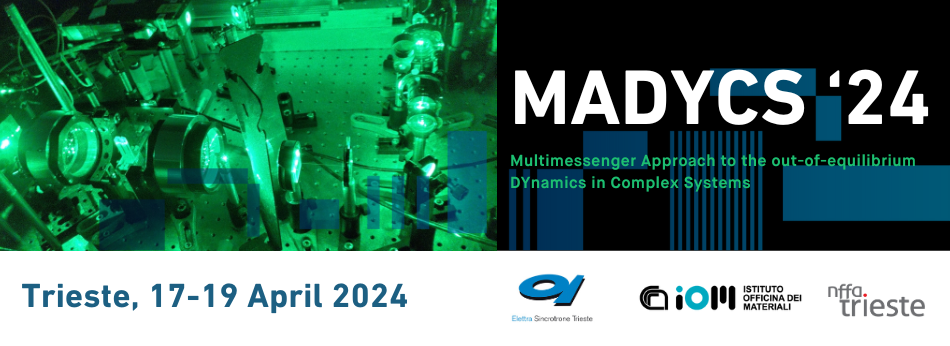Speaker
Description
The wealth of information that is encoded in the spectra of core level photoelectrons, like binding energies, line shapes, and diffraction-induced intensity modulations, makes this type of spectroscopy an attractive tool for the study of out-of-equilibrium quantum materials.
Ultrafast structural manipulation can for example manifest hidden or metastable phases. Time-resolved core-level photoelectron spectroscopy (trXPS) and the resulting multiple scattering-induced photoelectron diffraction (trXPD) seem ideal for supporting the characterization of such out-of-equilibrium systems, and for establishing what are the implications for electronic band structure manipulation.
This talk will illustrate two experiments that demonstrate some new possibilities of time-resolved core level spectroscopy.
A detailed explanation of the observed changes in line shape for trXPS results in an effective and straightforward electronic thermometer encoded in the core level shape that can universally be applied to out-of-equilibrium metals.
Then, time-resolved x-ray photoelectron diffraction is applied to the study of ultrafast surface structural manipulation for the topological insulator Bi2Se3. The movement of the topmost surface atoms following a coherent phonon excitation is revealed with sub pm precision, and is explained with a minimalistic ball-and-spring model.

